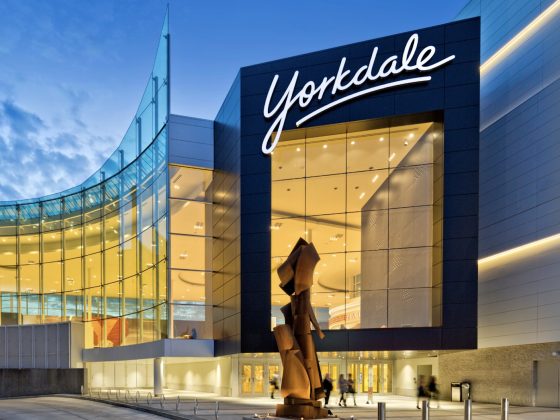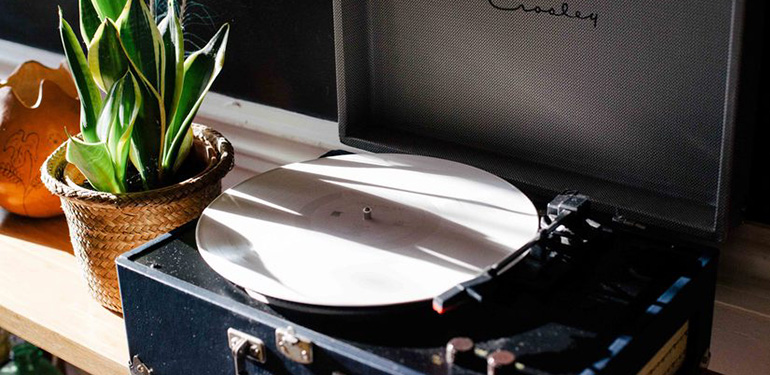
Vv Magazine‘s Neelam Champaneri investigates why, in the age of digital, vinyl is making a comeback.
“It’s the way we were meant to listen to music,” says my friend, whose stage name is Mademe X, as she shuffles through a crate of vinyls in her living room, deciding which album to spin. We eventually settle on Hendrix’ Electric Ladyland. Static is produced as the stylus readies to enter the first groove.
Vinyl has re-emerged over the past few years, but it’s climbing to its peak in 2015. According to Nielsen SoundScan, a company that studies consumer trends across the world, “vinyl album sales in the U.S. have grown a whopping 260% since 2009” and they’re still growing. 9.2 million vinyl units were sold in 2014, and sales between January and March 2015 were 53% higher than the same time last year.
ADVERTISEMENT |
With these high numbers comes a big question: why are we spinning records again?
The answer? Audiophiles.
Mademe X has been exposed to vinyl from a very early age. As a rising artist, she is heavily involved in the music industry and works closely with those involved in mixing and mastering albums. She’s currently in the process of releasing her debut on vinyl. Being surrounded by this art everyday, she was able to provide me with an inside scoop on why vinyl is experiencing a resurgence.
“The revival is not a bad thing, especially for the audiophiles that were lonely for so long. From the late 90s to the early 2000s, it was a very quiet time without the vinyl because there weren’t many pressing plants. They weren’t making a lot of money.”
ADVERTISEMENT |
When the CD was introduced in the 1980s, its popularity surpassed that of vinyl. One of the obvious reasons behind this is because of how compact the disc was. Eventually, with everyone jumping on the CD bandwagon, labels chose not to press certain albums in anticipation of bleak sales.
This led to the closure of many pressing plants. Counterintuitively, the vinyl resurgence hasn’t helped in that regard. In Canada, RIP-V, the remaining plant in the nation, closed its doors last year because it couldn’t keep up with this sudden surge in sales. The Globe and Mail reported that, “The sale highlights the growing pains that have come with the revival of the antiquated format. New record presses haven’t been manufactured in decades, forcing the handful of remaining plants across North America to rely on fragile, aging machines to handle endless demand, bottlenecking production.”
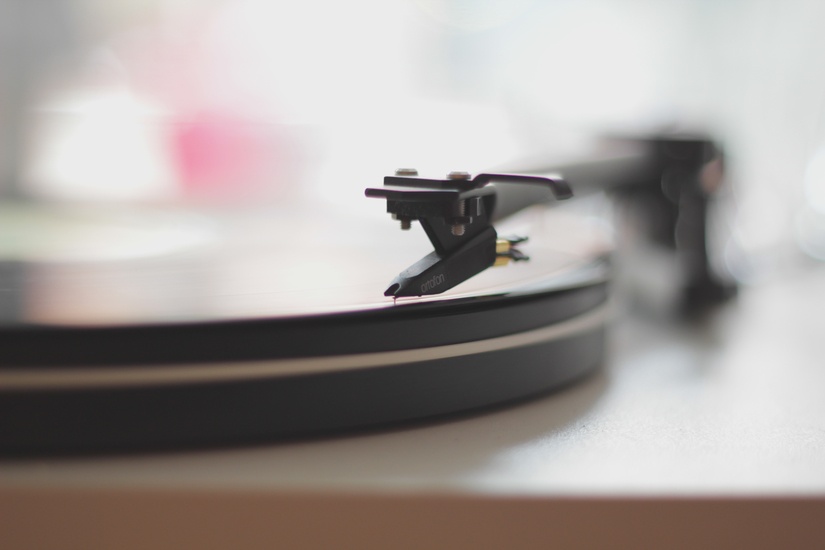
The first track off Electric Ladyland comes to a close and we’re covered in goosebumps from those trippy sounds. “Vinyl isn’t really too compressed, whereas digital is,” X explains. “The human ear listens to things in waves, and analog, in a technical sense, is also in waves whereas digital is in chops, just pieces strapped together. That’s why digital is so much colder just in its technical sense.”
Audiophiles look (or listen for) authentic sound quality. Vinyl sounds much more crisp and raw, as opposed to other formats.
According to TechGeek, “digital recordings take snapshots of the analog signal at a certain rate…and measures each snapshot with certain accuracy dependent on how many bits its format is. So basically, rather than capturing the complete soundwave, digital recordings approximate it into a sequence of steps.” The only problem is that this transfer does not pick up all the information that is stored in the analog, causing the songs to have to be remastered and touched up. However, in the case of the vinyl, the records “contain tiny grooves implemented into them that capture the entire waveform of the original recording. This prevents any information from being lost during the recording process.” This is why they sound so different.
ADVERTISEMENT |
With all these competing formats, the way we listen to music is changing—we have online streaming, CDs, radio, and now Apple Music. With the resurgence of vinyl, we’ve become even more spoiled by choice. There’s a generational divide in music; old is meeting new. Newer (and I use that term loosely) musicians are taking advantage of the popularity of vinyl and pressing their albums. Jack White’s 2014 Lazaretto became the biggest-selling album on vinyl since 1994, having sold over 60,000 units.
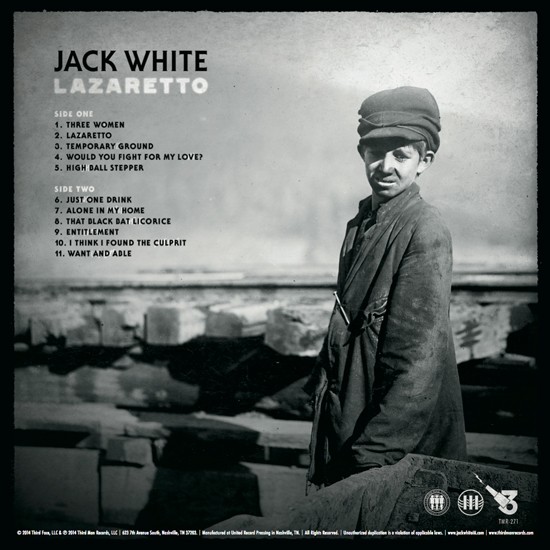
At the same time, it’s increasingly looking like the gap between vinyl and digital is being bridged.
“I think both digital and analog can live in synchronicity,” says X as she carefully flips over the vinyl to side B. “I can find an artist on YouTube and if I really like their stuff, I could buy their album on vinyl.
ADVERTISEMENT |
People will always listen to digital music; we live in a digital realm. You’re always on the go, so there’s no denying that that’s how it’s going to be. That being said, it shouldn’t be so black and white. People are allowed to listen to digital just as much as they’re allowed to listen to vinyl.”
Cool thing you may not know: New pressings come with a code that allows you to download the digital version of the same album, so you can listen to your new tuneage when you’re not near a turntable.
This divide between digital/physical also affects the ways in which we discover music. “The way you discover music is what matters because, well, people don’t want to discover people on vinyl,” explains X. “That’s a 70s mentality. Back then, people would experiment when they walked into a record store. No one really does that anymore. People only buy physical copies if they know they like the artist.”
ADVERTISEMENT |
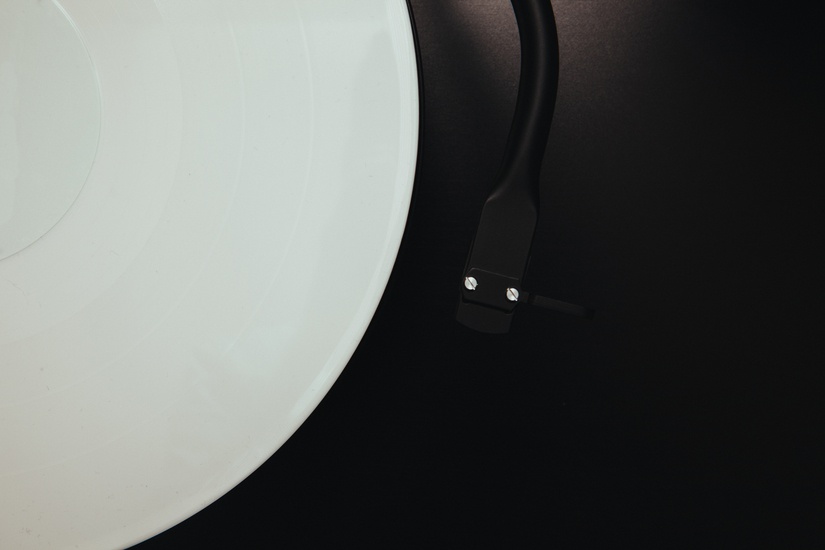
As a bonus, the revival is bringing back a sense of community we thought we’d forgotten.
Record Store Day has become an annual event, held on the third Saturday each April. This day is meant to celebrate indie record stores around the world, bringing together record store employees, fans, and artists. Artists even release new material, either freshly made or unearthed, to celebrate the event.
But besides that, there’s just an old school vibe that’s present when you walk into a record store. People are around you, there’s the sound of fingers flipping through records, and the elation of scoring a find. It’s like looking for gold at the end of a rainbow.
ADVERTISEMENT |
“I think it’s become fashionable to buy vinyl again,” X smiles as side B comes to a close. “People are really fixated on the vintage culture right now, and vinyl just happens to be a part of it. Even in Toronto, the indie scene is huge. We’re always on the lookout for a new trend. But even with vinyl, people love the ritualistic process of opening it, looking at the album artwork in a bigger format than it’s supposed to be in. It’s beautiful.”
Related Link: Stranger in a strange land: VELD 2015
Do you prefer vinyl? Let Vv Magazine know in the comments below, or tweet us @ViewtheVibe.
ADVERTISEMENT |


